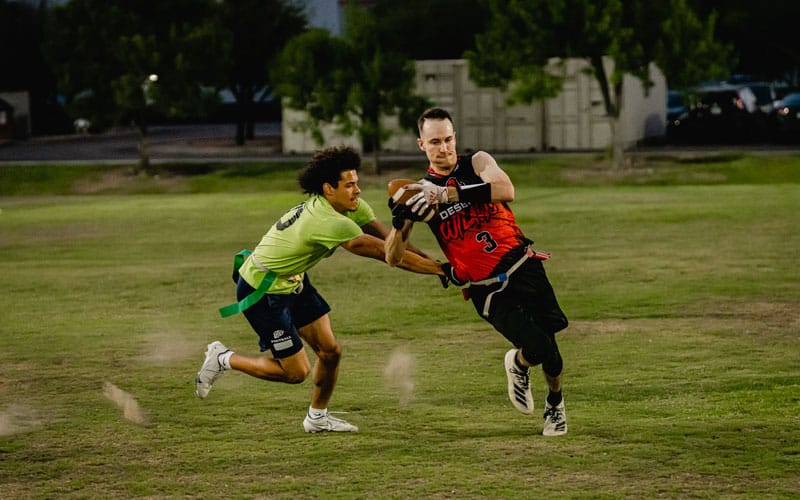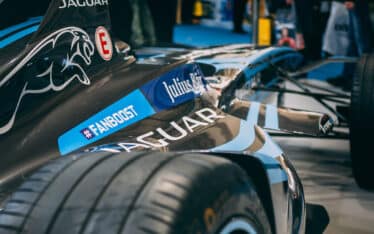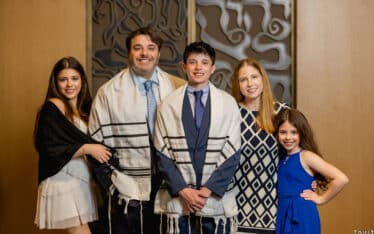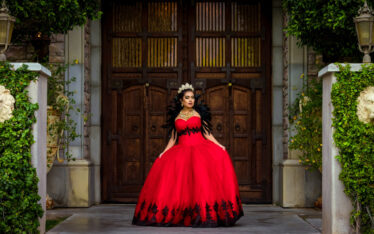In a previous blog, we covered some high level but mostly basic tips to get you started on photographing sporting events. But we also realize that some of our readers are more experienced. This blog post is for those who are looking for more advanced sports photography tips.

Most modern cameras come with an autofocus setting, which can be very useful for sports photography. Higher end cameras have advanced autofocus capabilities that automatically track movement across the frame. For autofocus to work optimally, there needs to be sufficient contrast, especially in less sophisticated cameras. For example, players in green uniforms running through a green field may confuse less advanced autofocus systems.
Use a Camera with a Large Enough Sensor
The electronic image sensor is the hardware inside a camera that performs the critical function of capturing light and converting it into signals that form images. The size of the sensor is an important factor in determining the quality of the images. There are two main types of camera sensors, charge-coupled device (CCD) and active-pixel sensor (CMOS). Most digital cameras use CCD sensors.
Larger sensors have more pixels and can produce clearer images. The quality and size of the sensor is a significant factor in sports photography, particularly when shooting in low-light environments. Full-frame DSLR cameras, which have the largest sensors (36mm by 24mm), are used by many professional photographers. Some of the most popular include Nikon D4, Nikon D800, and Canon EOS 5D Mark IV have this type of sensor. Cameras of this quality usually cost at least $2k or more.
Those on a tighter budget can still get good results from medium frame sensors such as APS-C, which are 23.6mm by 15.8mm. Many popular models made by Nikon, Canon, and Sony use this type of sensor. Small-frame sensors, found in many compact and budget cameras, are not recommended for sports photography.

The lens is the most important factor for getting quality photos. This is especially the case with sports photography, where you often need to capture action shots. You need a fast lens for this, which means the widest maximum aperture. The aperture is a hole in a lens that opens and closes, determining the amount of light that enters. Aperture is expressed in f-numbers, with lower numbers meaning a wider aperture. As a rule, you should look for a lens with an aperture of f/2.8 or larger, keeping in mind that a larger aperture correlates to a lower number.
Should You Use Multiple Cameras?
One good camera is sufficient for most purposes. However, having a second camera with a different lens can be handy and save you the time of constantly switching between lenses. For example, you could use a longer lens for shots taken from a distance and switch to the camera with a shorter lens for up-close shots.
Adjust the Kelvin White Balance Setting
White balance settings determine how colors appear in your images. The ideal setting will ensure that the colors look as natural as possible. The Kelvin setting that some cameras provide allows you to adjust the setting. If you use Live View, you can adjust the Kelvin setting to match the actual scene as closely as possible.
Adjust ISO Settings
ISO settings are another factor, along with shutter speed, that affects the brightness of a photo. The name comes from International Organization for Standardization, which originally set the standards for light sensitivity for photography.
Lower ISO settings are appropriate for bright environments, such as an outdoor event on a sunny day. Higher settings are better suited for darker, low-light situations. ISO settings for most cameras range between ISO 100 and ISO 6400. More economical DSLR cameras are more likely to have settings up to ISO 1600, but this will be sufficient for most sporting events where there’s usually a certain amount of artificial light when it’s dark or cloudy.
Keep in mind that higher ISO settings can cause digital noise or distortion. For this reason, you don’t want to use a higher ISO setting than is necessary.

When shooting fast-moving objects or players, you may be concerned about getting blurry photos. One of the best ways to avoid this, as we’ll discuss below, is to use a tripod or monopod. Many cameras have vibration control, which is also called vibration reduction, image stabilization, or optical stabilization. This is not, however, a setting that you should use for sports photography.
The purpose of vibration control or reduction is to offset the effects of the camera (or person holding the camera) moving. It doesn’t help capture subjects in motion. Vibration control is actually best suited for still subjects, such as landscapes or portraits. So, if your camera has this feature, shut it off when shooting sports or any moving subjects.
Use a Tripod or Monopod
Tripods are a tool used by most professional photographers. They provide stability and allow you to track movement with minimal camera movement, even in less-than-ideal conditions such as an outdoor event where it’s windy. Tripods are ideal for panning, such as tracking the movement of a player, car, horse, or ball across the playing area. A tripod can also allow you to take quality shots with a lower ISO, which is only possible when the camera is close to totally still.
Tripods, however, are a bit cumbersome when you’re at a crowded event or need to change your location frequently. A monopod can be the perfect solution for such conditions. It’s lighter and more compact, making it easier to pick up and move when needed.
Develop Your Own Sports Photography Techniques
While it’s good to start with recommended equipment and established guidelines, over time you’ll develop your own preferred methods. Sports photography is very diverse, and you’ll need to adjust your approach depending on the sport, environment, weather, and other factors. Don’t be afraid to experiment and find out what works for you.





